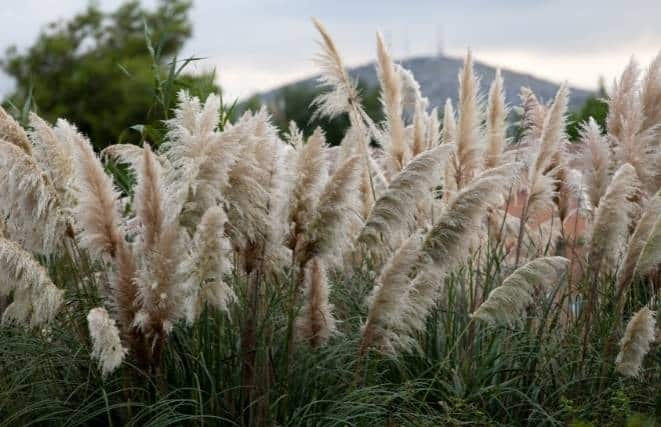Pampas Grass is illegal in parts of the US because it can be harmful to other plants and animals, as well as humans. It also spreads rapidly, choking out other vegetation and making it difficult for people to walk through.
Pampas grass is a very versatile and multi-functional ornamental grass that can grow in any types of soil and has less maintenance. However, it has negative impact to nature. In spite of its contributions to the world of ornamental designs and landscaping, it has also cons in growing it.
Why is Pampas Grass Illegal – Get to Know its Negative Impact
Behind its elegance and aesthetic appearance, this perennial and ornamental grass has a negative impact to our environment. Some states in the United States such as California, Hawaii and Washington have illegalized growing this grass for many years for safety purposes.
It is also illegalized in other countries such as Australia and New Zealand where summer, spring, and hot temperatures are constant as well as wildfires.
It is not officially illegal in New South Wales, United Kingdom. However, many people stopped growing this grass due to negative social implication of the swinging scandal issue.
According to some UK press, every homeowner with a Pampas grass in their garden or backyard is considered swinger – a person who engages in group sex or the swapping of sexual partners.
Here are the Reasons of its Illegalization and the Negative Impact of Pampas Grass to Our Environment:
- It is highly flammable – The fluffy and graceful feather-like plumes of Pampas grass are fire-hazard. It is one of the causes of wildfire as it can spread faster due to its dry and fluffy plumes.
- It is a threat to other plants – Since this grass is invasive and has long, strong roots, it consumes more land area and absorbs the nutrients from the soil.
Studies show that one pampas grass plant produces as many as 400,000 seeds. Each plume has the capacity to hold up to 100,000 seeds inside, making the nearby plants malnourished. - It is harmful to the birds – Pampas grass has blade-like leaves that may cause physical harm to the birds who feed off of it. It is also dangerous to people when they prune or cut it without wearing protective clothing or gear.
- It can be hard to control – Pampas grass is so invasive. It has the ability to overcrowd a landscape and take over other plants nearby.
- It’s hard to eliminate – Removing Pampas grass from your garden takes a lot of effort, time and energy. It may take several years to kill it completely.
Is It Illegal To Cut Pampas Grass
The legality of cutting or removing Pampas Grass (Cortaderia selloana) can vary depending on your location and local regulations. In some regions or jurisdictions, Pampas Grass may be considered an invasive species or have restrictions on its removal due to its potential to spread and cause environmental damage.
It’s important to check with your local authorities, such as city or county offices, agricultural extension services, or environmental agencies, to determine the specific regulations and guidelines regarding the cutting or removal of Pampas Grass in your area.
If you find that cutting or removing Pampas Grass is allowed, it’s still advisable to take appropriate precautions and follow recommended practices. Wear protective clothing, including gloves, long sleeves, and pants, to avoid contact with the sharp leaves, as they can cause cuts and irritation. Properly dispose of any cut or removed Pampas Grass to prevent further spread or reestablishment.
Conclusion
In spite of this grass’s versatility and ability to provide protection from soil erosion, it is being illegalized in some places due to its negative characteristics. Therefore, before you plan to grow Pampas grass in your garden, educate yourself first and get to know the pros and cons of this mysterious ornamental grass.








